The Impact of IoT on Energy Efficiency
The Internet of Things (IoT) has emerged as a transformative force across various sectors, and one of its most significant impacts is in the realm of energy efficiency. As the world grapples with the challenges of climate change, rising energy costs, and the need for sustainable practices, IoT technologies offer innovative solutions to optimize energy consumption and reduce waste. This article explores the impact of IoT on energy efficiency, examining its applications, benefits, challenges, and future prospects.
Understanding IoT and Energy Efficiency
What is IoT?
The Internet of Things refers to a network of interconnected devices that communicate and exchange data over the internet. These devices, equipped with sensors, software, and other technologies, can collect and analyze data in real-time, enabling smarter decision-making and automation. In the context of energy efficiency, IoT technologies can monitor energy consumption, optimize usage, and facilitate better management of energy resources.
The Importance of Energy Efficiency
Energy efficiency is the practice of using less energy to provide the same level of service or output. It is a critical component of sustainable development, as it helps reduce greenhouse gas emissions, lowers energy costs, and conserves natural resources. With the global demand for energy projected to increase, improving energy efficiency is essential for achieving a sustainable energy future.
Applications of IoT in Energy Efficiency
1. Smart Buildings
One of the most prominent applications of IoT in energy efficiency is in smart buildings. These structures utilize IoT devices to monitor and control various systems, such as lighting, heating, ventilation, and air conditioning (HVAC). For example, smart thermostats can learn occupants’ preferences and adjust temperatures accordingly, optimizing energy usage while maintaining comfort. Additionally, occupancy sensors can turn off lights and HVAC systems in unoccupied rooms, further reducing energy waste.
2. Smart Grids
IoT technologies are revolutionizing the way energy is distributed and consumed through the development of smart grids. These advanced electrical grids use IoT devices to monitor energy flow, detect outages, and manage demand in real-time. By integrating renewable energy sources, such as solar and wind, smart grids can optimize energy distribution and reduce reliance on fossil fuels. Furthermore, smart meters provide consumers with real-time data on their energy consumption, empowering them to make informed decisions about their usage.
3. Industrial IoT (
IoT)
In industrial settings, IoT technologies are being employed to enhance energy efficiency in manufacturing processes. IIoT devices can monitor machinery performance, track energy consumption, and identify inefficiencies. For instance, predictive maintenance can be implemented to ensure that equipment operates at optimal efficiency, reducing energy waste and minimizing downtime. Additionally, data analytics can provide insights into energy usage patterns, enabling manufacturers to implement targeted energy-saving measures.
4. Smart Home Technologies
The rise of smart home technologies has made it easier for consumers to manage their energy consumption. IoT-enabled devices, such as smart plugs, lighting systems, and appliances, allow homeowners to monitor and control their energy usage remotely. For example, smart plugs can be programmed to turn off devices when not in use, while smart lighting systems can adjust brightness based on natural light levels. These technologies not only enhance convenience but also contribute to significant energy savings.
5. Electric Vehicle (EV) Charging
As the adoption of electric vehicles continues to grow, IoT technologies are playing a crucial role in optimizing EV charging. Smart charging stations can monitor energy demand and adjust charging rates based on grid conditions, ensuring that energy is used efficiently. Additionally, IoT-enabled apps can help EV owners locate charging stations, monitor charging progress, and schedule charging during off-peak hours when energy costs are lower.
Benefits of IoT in Energy Efficiency
1. Reduced Energy Consumption
By providing real-time data and insights, IoT technologies enable organizations and individuals to identify inefficiencies and optimize energy usage. This leads to significant reductions in energy consumption, contributing to lower utility bills and decreased environmental impact.
2. Enhanced Operational Efficiency
IoT devices streamline energy management processes, allowing organizations to operate more efficiently. For example, automated systems can adjust energy usage based on demand, reducing waste and improving overall operational efficiency.
3. Improved Sustainability
The integration of IoT technologies in energy management supports sustainability efforts by promoting the use of renewable energy sources and reducing greenhouse gas emissions. By optimizing energy consumption, IoT contributes to a more sustainable energy future.
4. Increased Consumer Awareness
IoT technologies empower consumers by providing them with real-time data on their energy usage. This increased awareness encourages individuals to adopt energy-saving practices and make informed decisions about their consumption habits.
5. Cost Savings
Implementing IoT solutions for energy efficiency can lead to significant cost savings for both consumers and businesses. By reducing energy waste and optimizing usage, organizations can lower their operational costs and improve their bottom line.
Challenges of Implementing IoT in Energy Efficiency
Despite the numerous benefits, the implementation of IoT technologies for energy efficiency faces several challenges

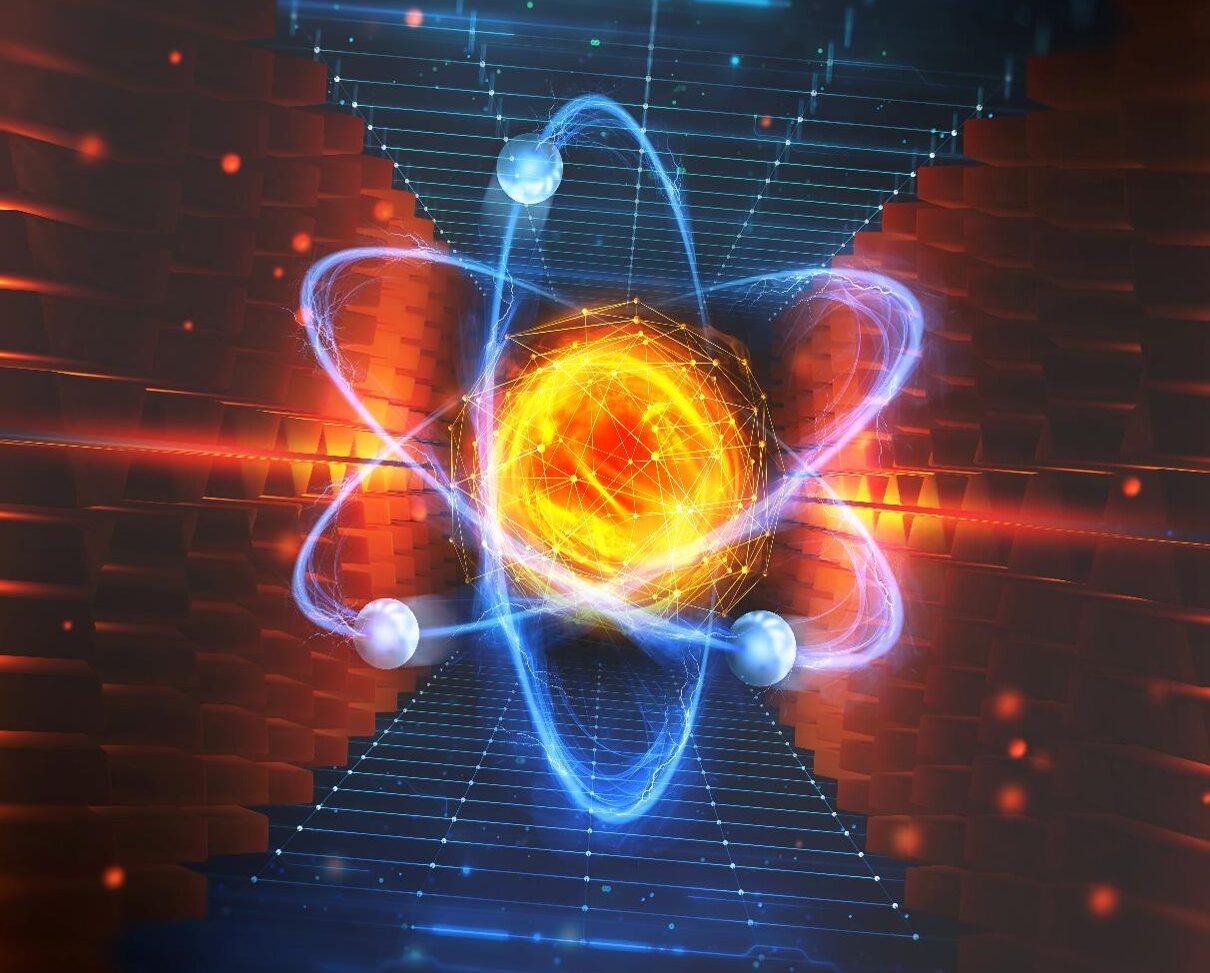
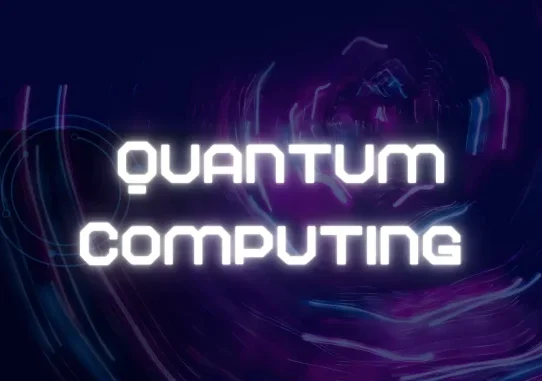
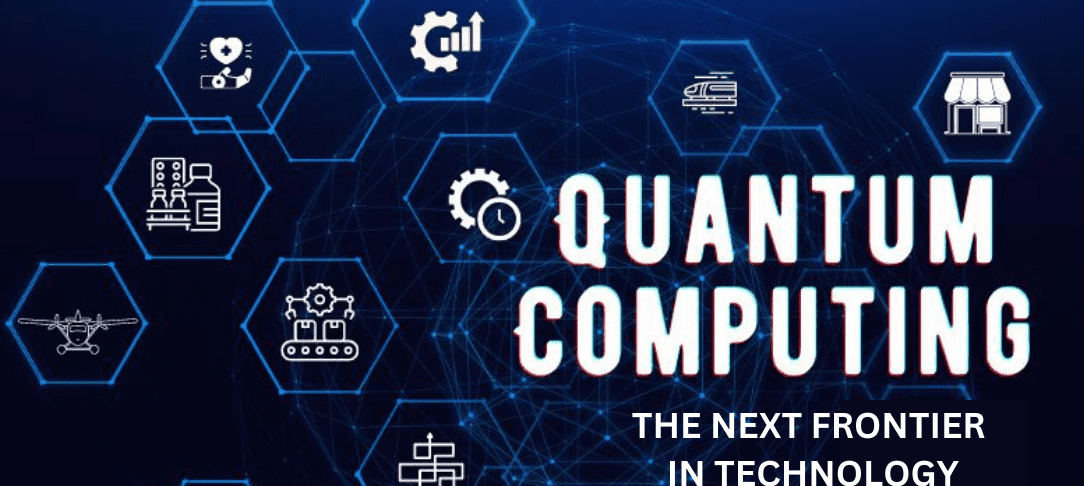
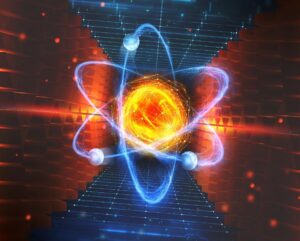



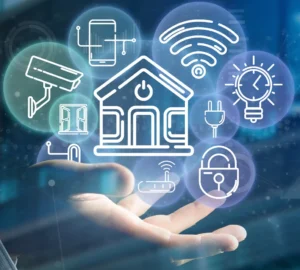
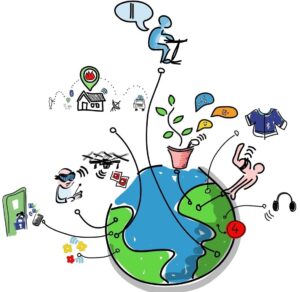
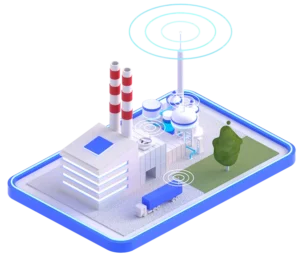
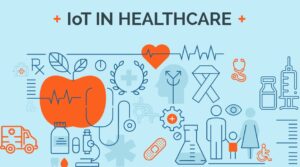

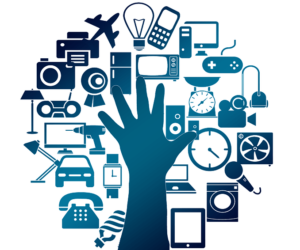
Post Comment